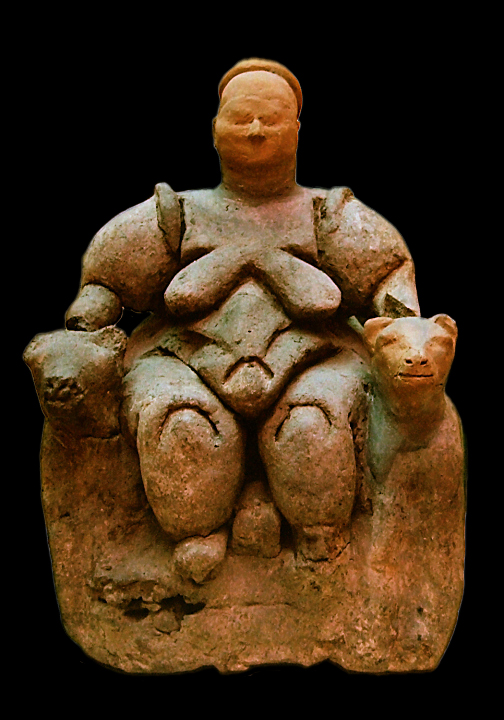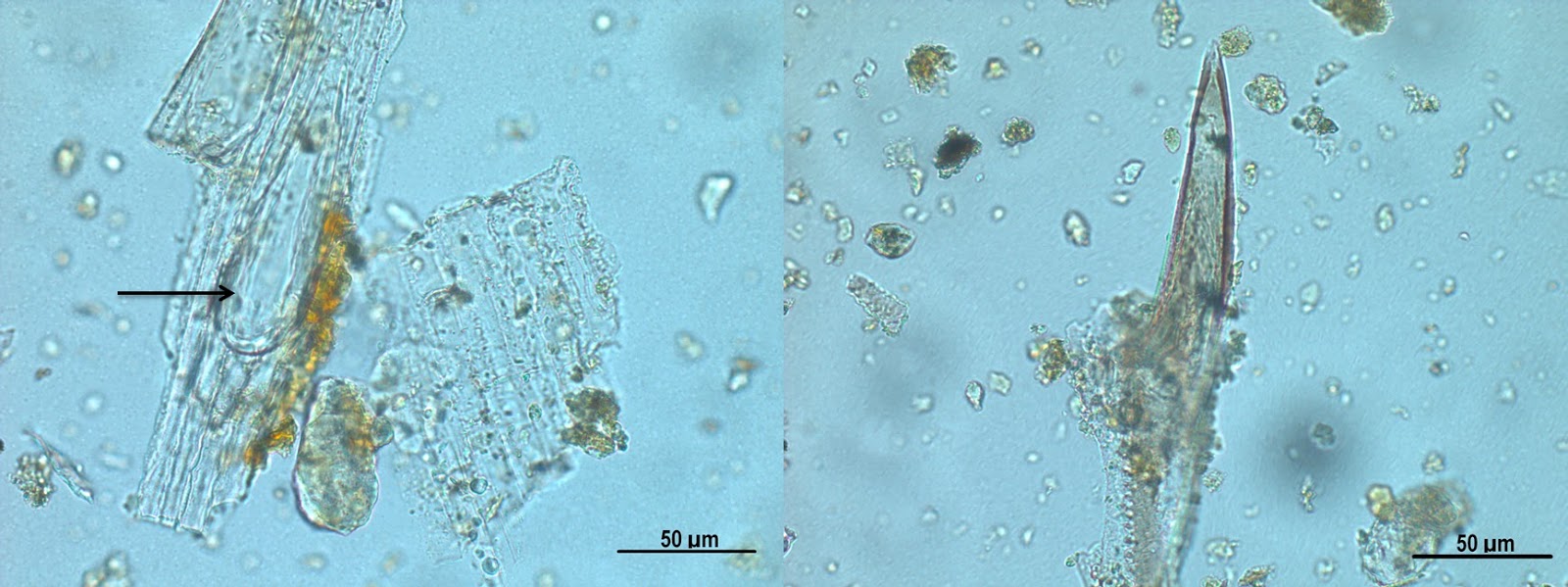Archaeology versus History

I was alerted to a blog post a few weeks ago with the (deliberately I'm sure) provocative title Archaeology is just an expensive way of finding out what historians already know... Of course I immediately felt the need to...actually I didn't. The post does have a point. Archaeology is indeed usually more expensive than historical research. I don't think the central criticism of the article is specific to archaeology. What is actually being complained about here is poorly designed research, without a clear objective. Though it is not clear whether this is because the actual excavation being discussed (a battle field) does not have clear objectives, or that the main source linked to is a Telegraph article. Saying that archaeology just shows what historians already know is a narrow view of the aims of both history and archaeology. Whilst the contribution of archaeology to (in this case) a 200 year old battle that is extensively documented, may be more limited, there are alway



